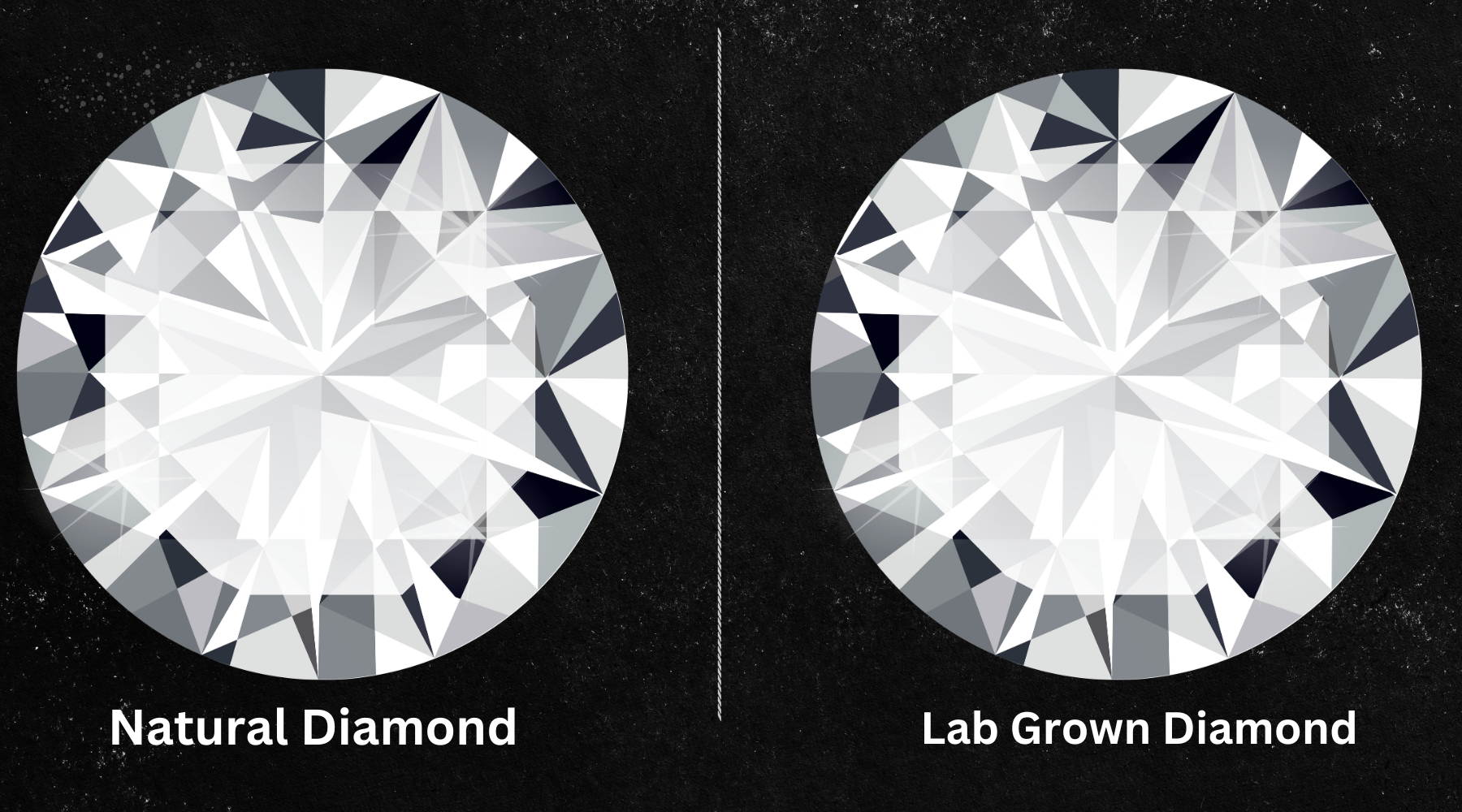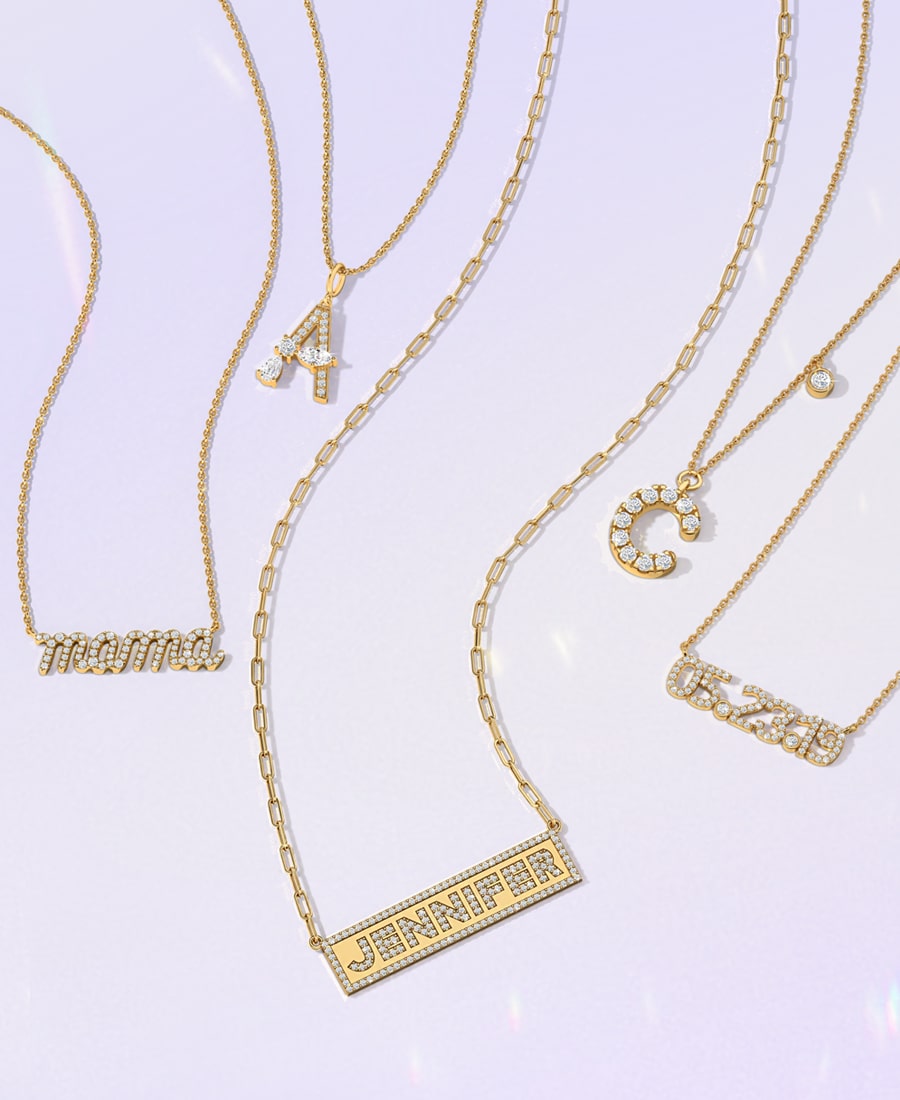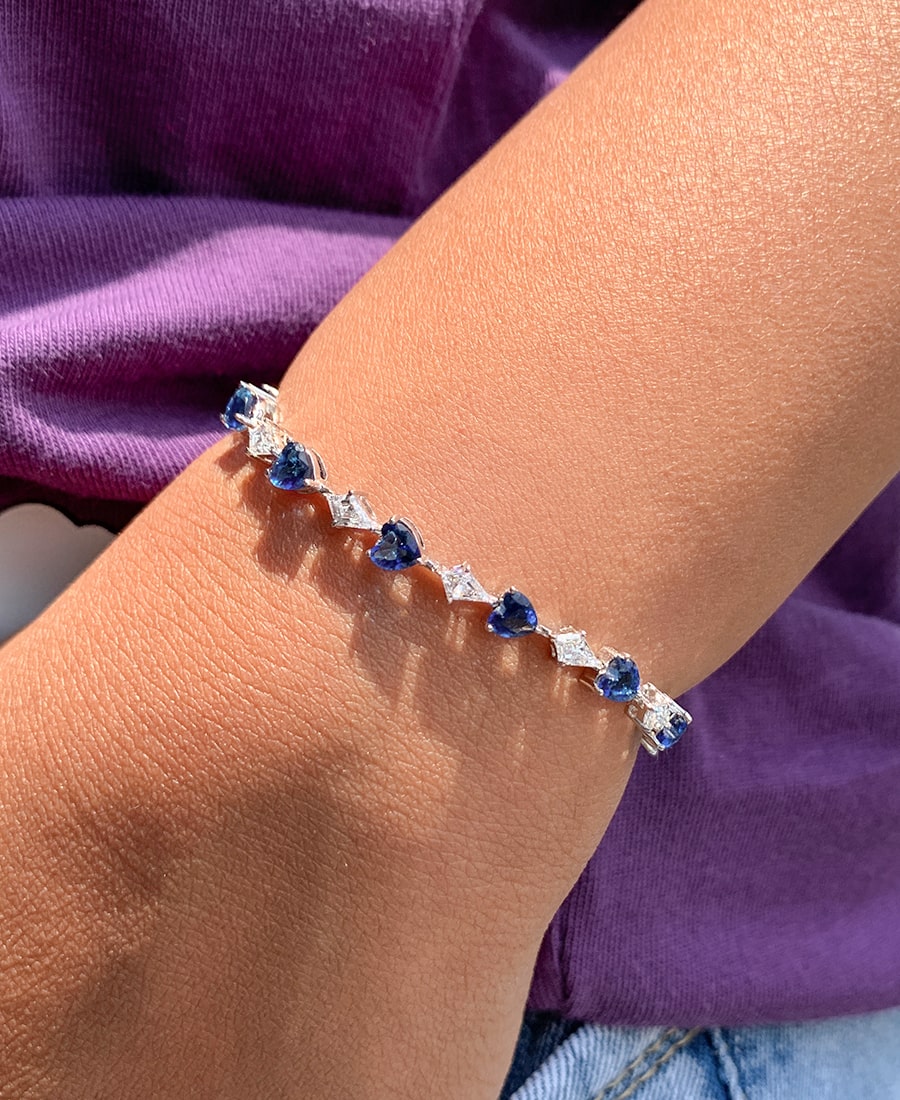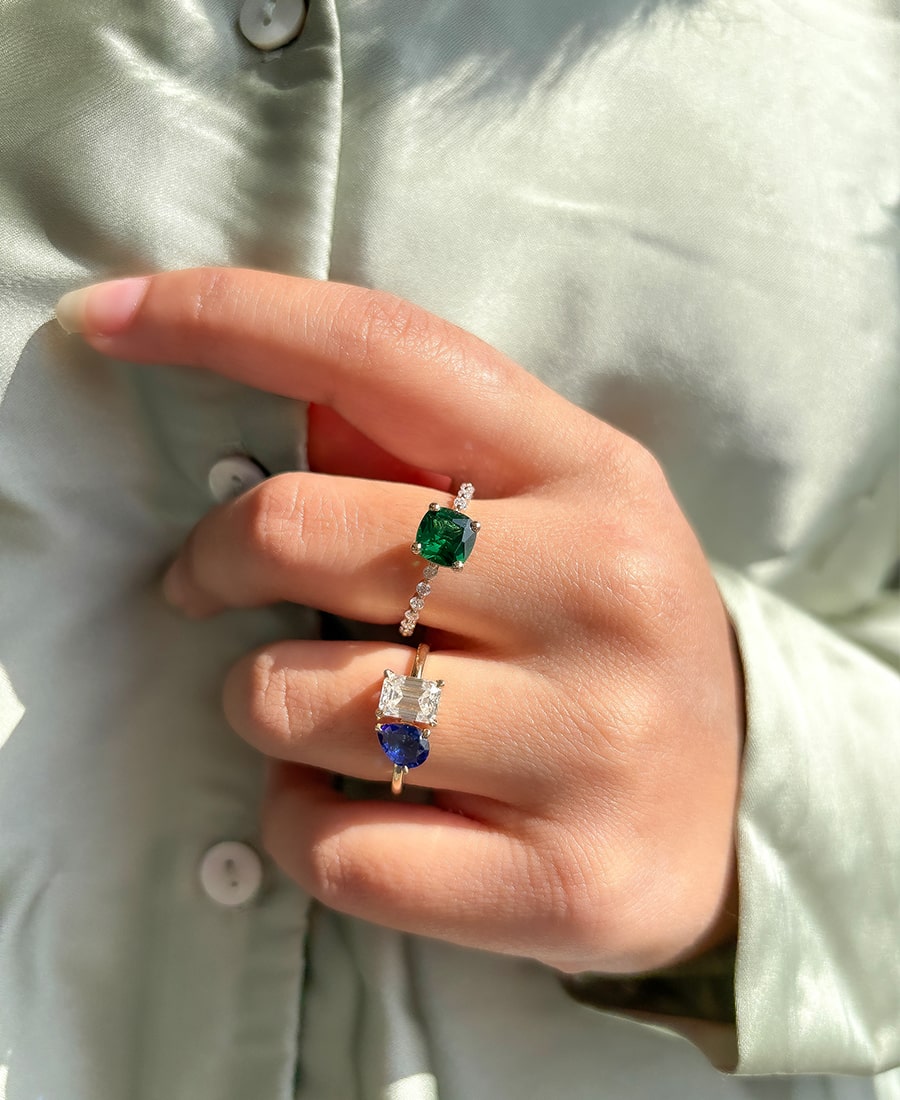
Natural vs Lab-Grown Diamond: A Comprehensive Comparison
In this comprehensive article, we delve into the world of diamonds to explore the key differences between natural and lab-grown diamonds. We will provide a detailed analysis of their formation, quality, environmental impact, and much more. If you're in the market for a diamond or simply curious about these exquisite gemstones, you've come to the right place.
Introduction: Understanding Diamond Origins
Diamonds are among the most coveted gemstones globally, known for their dazzling brilliance and timeless elegance. But when it comes to choosing between natural and lab-grown diamonds, many questions arise. Let's break down the essentials.
What are natural Diamonds?
Natural diamonds are formed deep within the Earth's mantle over billions of years. They are the result of carbon atoms subjected to immense pressure and heat. Extracted from mines worldwide, natural diamonds have a unique charm rooted in their geological journey.
What are lab-grown Diamonds?
Lab-grown diamonds, also known as synthetic or manufactured diamonds, are created through advanced technological processes. These diamonds replicate the crystal structure of natural diamonds and offer a sustainable alternative.
Natural vs. Lab-Grown Diamond Formation
Let's dive deeper into the formation of these two types of diamonds.
Natural Diamond Formation
- Geological Marvel: Natural diamonds are formed deep within the Earth's mantle, where carbon atoms crystallize under extreme pressure.
- Mantle Journey: Over millions of years, volcanoes brought these diamonds closer to the Earth's surface.
- Mining Process: Extracting natural diamonds requires mining, which can have environmental and ethical implications.
Lab-Grown Diamond Formation
- Advanced Technology: Lab-grown diamonds are created using high-pressure, high-temperature (HPHT) and chemical vapor deposition (CVD) methods.
- Controlled Environment: These diamonds are cultivated in controlled lab environments, ensuring their quality and ethical standards.
- Sustainability: Lab-grown diamonds are considered more environmentally friendly due to reduced carbon footprint.
Quality Comparison
When purchasing a diamond, quality is paramount. Let's compare the quality aspects of natural and lab-grown diamonds.
Natural Diamond Quality
- Uniqueness: Each natural diamond is one-of-a-kind, with distinct imperfections and characteristics.
- Scarcity: Natural diamonds are rare, which often contributes to their high market value.
- Flawless Variants: Flawless natural diamonds are extremely valuable due to their rarity.
Lab-Grown Diamond Quality
- Clarity: Lab-grown diamonds are typically of higher clarity as imperfections can be controlled during the growth process.
- Consistency: These diamonds exhibit consistent quality, making it easier for buyers to select the desired characteristics.
- Affordability: Lab-grown diamonds are often more budget-friendly compared to their natural counterparts.
Environmental Impact
Considering the environment is crucial in today's world. Let's evaluate the environmental impact of both diamond types.
Natural Diamond's Environmental Impact
- Ecological Disruption: Diamond mining can disrupt natural ecosystems and landscapes.
- Resource Consumption: Mining consumes significant energy and water resources.
- Carbon Footprint: The transportation of natural diamonds worldwide contributes to their carbon footprint.
Lab-Grown Diamond's Environmental Impact
- Reduced Mining: Lab-grown diamonds significantly reduce the need for diamond mining.
- Lower Carbon Footprint: The energy consumption in the lab diamond process is often lower, resulting in a smaller carbon footprint.
- Ethical Sourcing: Lab-grown diamonds promote ethical sourcing and sustainable practices.
The Lure of Lab-Grown Diamonds
Affordable Luxury
Lab-grown diamonds have emerged as an attractive option for those seeking luxury without breaking the bank. They offer a more affordable way to enjoy the brilliance of diamonds.
Customization
With lab-grown diamonds, customization is key. Buyers can choose specific characteristics, such as size, shape, and clarity, to create a personalized piece of jewelry.
Ethical Considerations
For environmentally conscious consumers, lab-grown diamonds provide peace of mind, knowing they are making a sustainable choice.
Natural vs. Lab-Grown Diamond: Which Should You Choose?
Deciding between natural and lab-grown diamonds depends on your personal preferences and priorities. Both have their own unique advantages and disadvantages.
Natural diamonds for.- Collector's Items: Natural diamonds, especially those with rare features, are often collected as investment pieces.
- Traditionalists: Individuals who appreciate the geological history of natural diamonds may prefer them.
- Symbolic Value: Some may value the symbolism and tradition associated with natural diamonds.
- Affordability : budget-conscious buyers seeking the beauty of diamonds.
- Customization: Those who want a say in every aspect of their diamond jewelry.
- Eco-conscious Shoppers: People committed to reducing their environmental impact.
Conclusion
In the world of natural vs. lab-grown diamonds, there's no one-size-fits-all answer. Your choice should align with your values and what you seek in a diamond. Whether you opt for the geological marvel of natural diamonds or the sustainable allure of lab-grown diamonds, both have a place in the jewelry world.
FAQs
Q1: Are lab-grown diamonds real diamonds?
A1: Yes, lab-grown diamonds have the same chemical and physical properties as natural diamonds, making them real diamonds.
Q2: Are lab-grown diamonds certified?
A2: Just like natural diamonds, lab-grown diamonds can be certified for quality and authenticity by gemological laboratories.
Q3: Which is more affordable, natural or lab-grown diamonds?
A3: Lab-grown diamonds are generally more affordable than natural diamonds due to their production process.
Q4: Do lab-grown diamonds have imperfections?
A4: Lab-grown diamonds can have imperfections, but these are often controlled and minimized during the growth process.
Q5: What is the resale value of lab-grown diamonds?
A5: Lab-grown diamonds typically have a lower resale value compared to natural diamonds, which can retain or appreciate.
Q6: Can you tell the difference between natural and lab-grown diamonds?
A6: In most cases, it's challenging to distinguish between natural and lab-grown diamonds without specialized equipment.
Remember, your choice between natural and lab-grown diamonds should reflect your values, preferences, and budget. Each type offers its own unique charm and benefits, ensuring there's a perfect diamond for everyone.






